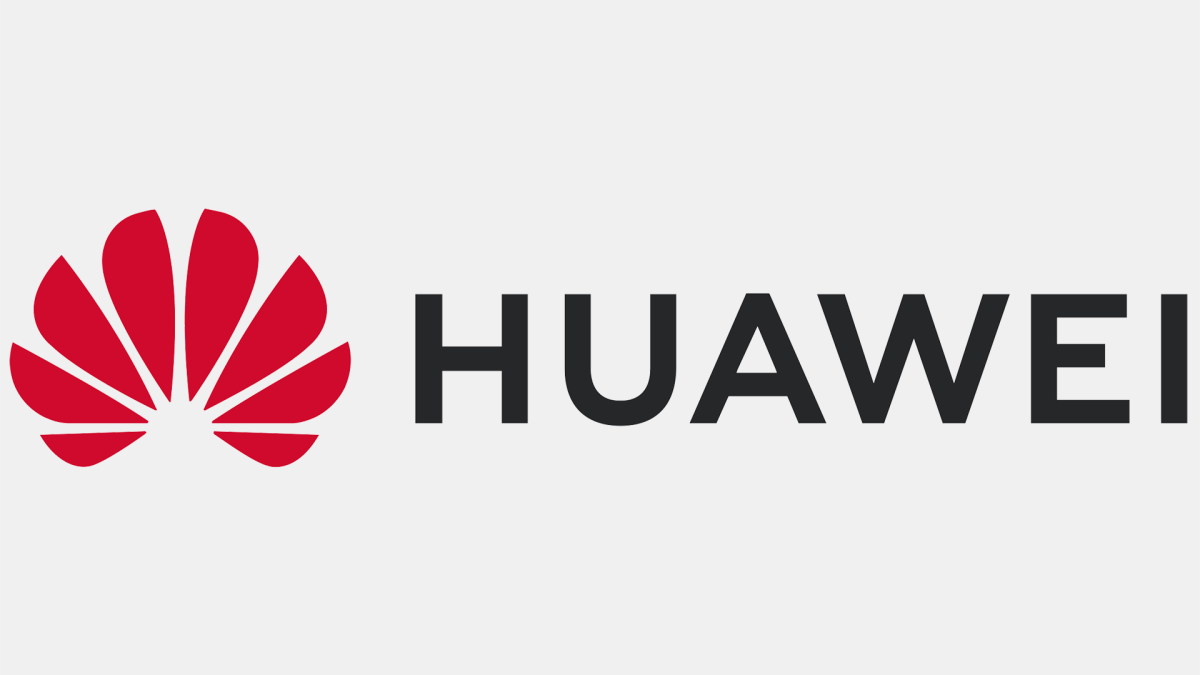The article doesn’t really go into it but what’s a typical yield for chips like that? That’s great they’re on a smaller dye but if you’re trashing half of them it seems you’re not quite there yet.
It seems pretty poor, especially for 2023. This article from four years ago has TSMC touting an 80% yield rate on their new-at-the-time 5nm process. Still, the fact that Huawei is able to produce 7nm parts at all is something of a victory. Huawei is probably around five years behind TSMC at this point but may be able to close that gap over time.
That’s based on TSMC’s own test chip not an actual customer’s. 17.92 mm² is incredibly tiny when SoCs, CPUs and GPUs range in size from 100 to 600 mm² increasing the proportion of chips with defects as the number of chips on the wafer drops.
From that very article
In that case, let us take the 100 mm2 die as an example of the first mobile processors coming out of TSMC’s process. Again, taking the die as square, a defect rate of 1.271 per cm2 would afford a yield of 32.0%.
As TSMC themselves designed the chip, they definitely followed all their design rules for that process to maximize yield. No customer would do that.
Anand explains this in one of his articles.
But have no fear. What normally happens is your foundry company will come to you with a list of design rules and hints. If you follow all of the guidelines, the foundry will guarantee that they can produce your chip and that it will work. In other words, do what we tell you to do, and your chip will yield.
The problem is that if you follow every last one of these design rules and hints your chip won’t be any faster than it was on the older manufacturing process. Your yield will be about the same but your cost will be higher since you’ll bloat your design taking into account these “hints”.
Generally between process nodes the size of the wafer doesn’t change. We were at 200mm wafers for a while and now modern fabs use 300mm wafers. The transistor size does shrink however, so in theory you could fit more die on a wafer with each process shrink.
The problem is with any new process, the cost per wafer goes up. It’s a new process, most likely more complex, and thus the wafer cost is higher. If the wafer costs are 50% higher, then you need to fit at least 50% more die on each wafer in order to break even with your costs on the old process. In reality you actually need to fit more than 50% die per wafer on the new process because yields usually suck at the start. But if you follow the foundry’s guidelines to guarantee yield, you won’t even be close to breaking even.
The end result is you get zero benefit from moving to the new process. That’s not an option for anyone looking to actually use Moore’s Law to their advantage. Definitely not for a GPU company.
The solution is to have some very smart people in your company that can take these design rules and hints the foundry provides, and figure out which ones can be ignored, and ways to work around the others. This is an area where ATI and NVIDIA differ greatly.
If you’re trashing half of them, that’s just means fabrication is more expensive. This seems to be an acceptable cost for Huawei, and I imagine SMIC will get subsidies to offset the cost in the short term. The important part is that SMIC can now produce commercially viable 7nm chips domestically, and they’re only going to get better at doing it going forward.
Are they really 7nm chips tho? They do love to brand shit as other shit.
Wait until these end up in phones and have the power performance of 11nm stuff.
There are really 7nm chips that are designed using a different approach, but have similar characteristics. It’s kind amusing how people think that there’s something magical involved in making these types of chips that would prevent China from making them.
I think hes not questioning it because china, but because nm between different fabs isnt comparible. E.g. finfet nm isnt the true nm used by older definitions of what nm means, which is why intel for instance, changed their naming on its fab process to match the rest of the industry. (E.g “Intel 7” is actually a well processed 10nm traditional definition chip that has that name because its conparible to TSMC 7nm)
We’ll see what the performance is like when the chips start making their way to the market.
There is. The uv lithography that China cannot buy is literally the magic.
TSMC N7, N7P and Intel 7 don’t use EUV. It’s all quad patterned DUV. DUV lithography has been in use since the 1990s going from 800nm to N7P.
Every single node after TSMC’s so called 16nm has been all marketing. It would’ve more accurate to call TSMC 16FF as 20nm FinFET. This is why Intel brands what they themselves called 10nm as Intel 7 to bring their marketing more in line with TSMC’s.
SMIC N+1 has a density of 89 million of transistors per mm² while TSMC N7 has 91.2. TSMC 10FF and Samsung 10LPP only offer slightly more than half that density.
I literally linked an article explaining that China uses an alternative approach with chiplets. Maybe go read it. Also, it’s not like China can’t develop DUV themselves, or just hire people who already developed it to build it for them. There is no magic here.
Tell me you don’t understand modern chip manufacturing without saying you don’t understand modern chip manufacturing.
I guess we’ll find out who actually understands modern chip manufacturing when these phones come out won’t we mr. modern chip manufacturing understander.
I’ve already given my prediction. They’ll be marketed as 7nm and have the power/performance profiles of 11nm+






